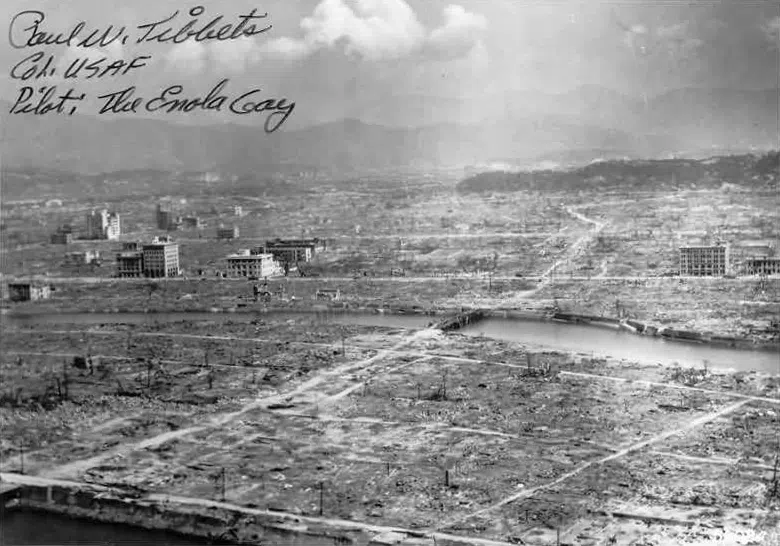
HIROSHIMA, Japan — A silent prayer was held Wednesday morning in Hiroshima to mark 80 years since the United States dropped an atomic bomb on the city during World War II.
Japanese Prime Minister Shigeru Ishiba led the ceremony, joined by officials from around the world. The bombing on August 6, 1945, and the subsequent attack on Nagasaki, killed more than 200,000 people — many in the initial blasts, and others from radiation exposure and severe burns in the weeks and years that followed.
The bomb dropped on Hiroshima was the result of the Manhattan Project, a top-secret U.S. government program launched during the war to develop nuclear weapons. A central hub of that effort was Los Alamos National Laboratory in northern New Mexico, where scientists, engineers, and military personnel worked under intense secrecy to design and build the first atomic bombs.
Los Alamos played a critical role in the development of the weapon used in Hiroshima, known as “Little Boy.” The lab was led by physicist J. Robert Oppenheimer and brought together some of the most prominent scientific minds of the time. The first successful test of an atomic bomb — known as the Trinity Test — was conducted in southern New Mexico just weeks before the Hiroshima bombing.
Today, the legacy of the Manhattan Project and the events of August 1945 continue to spark global reflection on the ethics, consequences, and future of nuclear weapons.








